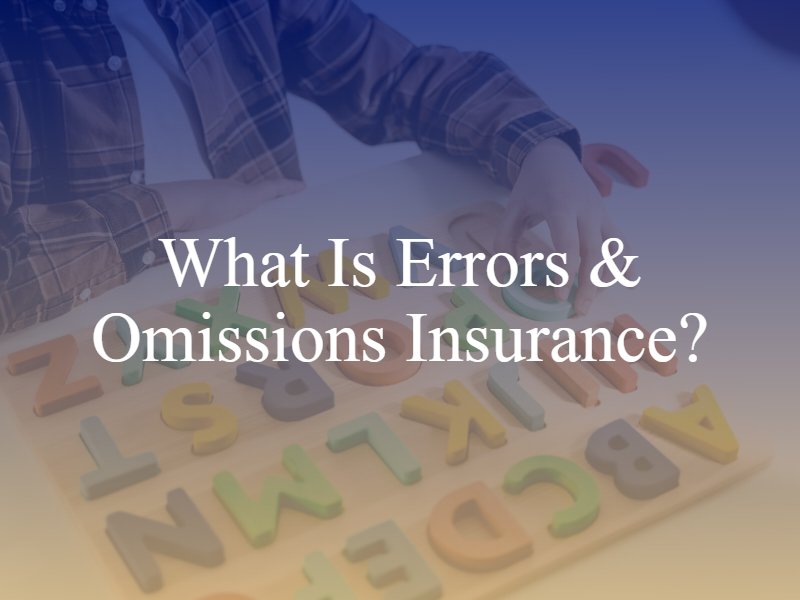
Product Liability versus Errors & Omissions (E&O)
Colburn Law
Posted in Blog,Personal Injury,Safety Tips on May 15, 2022
In Washington, manufacturers are subject to liability if they release a defective product and subsequently injure a customer. Product liability lawsuits can reach tens of thousands to even millions of dollars, which can significantly impact a business.
To protect their interests, these manufacturers often purchase general liability insurance, as well as errors and omissions (E&O) coverage. There are key differences between these policies and each pay for different types of lawsuits.
What Is General Liability Insurance?
General liability insurance provides various protections that businesses require, paying for attorney’s fees, settlements, court costs, and other fees when a lawsuit is filed against the entity. This policy usually covers lawsuits that involve the following types of accidents and damages.
- Injuries to non-employees who are hurt on a business’s property
- Damage to someone else’s property that a business or its employees cause while performing their job duties
- Advertising injuries that a business inflicts, such as copyright infringement, intellectual property claims, slander, and libel
There are several key exclusions in general liability insurance policies. In particular, this coverage will not pay for damages that occur due to a manufacturing error or negligent service that results in someone else’s property damage or bodily injury. For businesses that create products for the public, these gaps can leave them open to liability.
What Is Errors & Omissions Insurance?

E&O insurance, also known as professional liability insurance, provides coverage for any injuries that result from a business’s mistakes. This coverage depends on the profession, but for manufacturers, E&O insurance will pay for manufacturing mistakes, design defects, and other types of product liability claims.
Below are a few examples of damages that E&O insurance can pay for.
- A child’s toy leaves a factory without having its dangerously sharp edges sanded down. A toddler’s family files a lawsuit against the manufacturer for the injuries that the child suffered. The company’s E&O coverage pays for the settlement.
- A hairdryer has a dangerous design and is prone to overheating. While a customer uses the dryer, it catches on fire and significantly damages a portion of her home. The manufacturer’s E&O policy may pay for this property damage.
- On a medication’s packaging, a manufacturer fails to include a warning against taking the drug with a common pain reliever. The company’s E&O insurance could pay for settlements for lawsuits that arise due to this mistake.
What to Do If You Are Injured by a Defective Product
Defective product injuries are more common than we may believe. If you are injured by a product that was defectively designed, manufactured, or marketed, you may be eligible for financial compensation.
By filing a lawsuit against the manufacturer, you can recover damages for medical care, lost wages, property damage, and other losses. However, the steps that you take immediately after the accident could influence the outcome of your future case.
Immediately after your injury, seek emergency medical attention and save all evidence related to your purchase and use of the product. If possible, take photographs and videos of your injuries and the area around the accident.
Once you gather this evidence and receive medical care, contact a Washington product liability attorney as soon as possible. Your attorney will evaluate your case and help you take your first steps toward filing a lawsuit.



